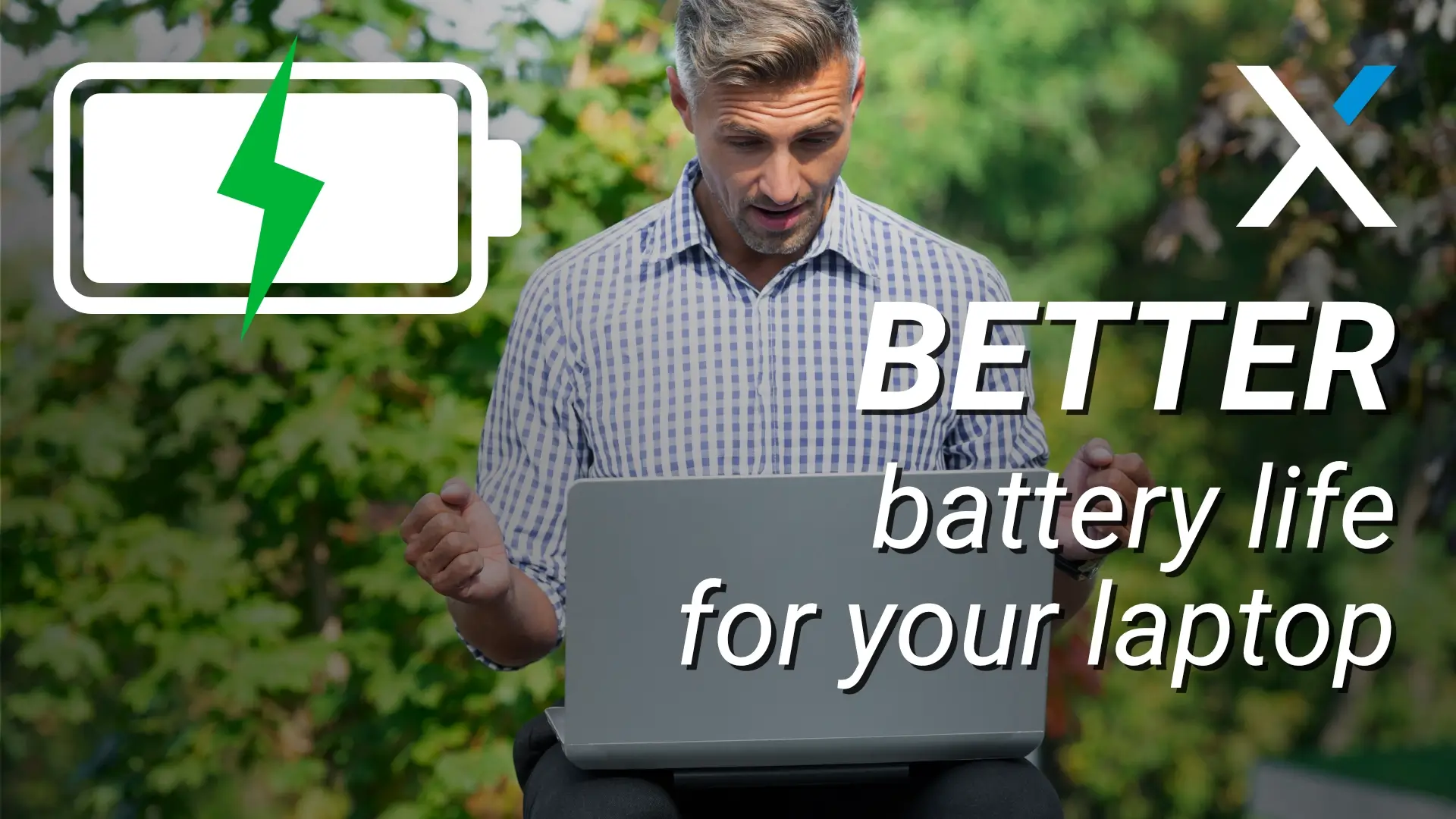You’ve felt it…that scramble at 3:45 p.m. when your laptop’s clinging to 6% battery and the charger’s nowhere close.
You’re not gaming or running simulations. Just emails, documents, video calls. Still, the battery drops faster than your patience.
Microsoft’s working on a quiet fix, and it’s showing up in the latest Windows 11 preview: a smarter way to stretch every drop of battery life.
It’s called adaptive energy saver. The idea is simple; your laptop should know when to ease off the gas without waiting for the tank to hit empty.
What Adaptive Energy Saver Does
Traditionally, energy saver mode only kicks in when your battery drops below a set level – usually 20% or 30%. That’s reactive. This new feature flips that around.
Adaptive energy saver watches what your device is doing in real time: processor load, graphics activity, background tasks. Then if things are light (say you’re editing a doc, reading a proposal, or reviewing emails), it eases into a lower power state without dimming your screen or slowing you down noticeably.
No flickering. No surprise drops in performance. Just smarter behind-the-scenes adjustments to extend battery life when you don’t need full horsepower.
Still in Testing, but Worth Watching
Right now, this feature is part of a Windows Insider Preview (Build 27898 in the Canary Channel). That means it’s in early testing. It may change before public release.
If you want to try it, you have to turn it on manually in Settings → System → Power & battery. And yes, it’s only for laptops. No benefits for your desktops here.
Microsoft is rolling it out slowly, watching how it performs before considering a wider launch.
Why This Should Matter to Your Business
You might be thinking, “Okay, so the battery lasts a little longer. Big deal?”
Here’s why it is:
- Fewer mid-day power scrambles
Your team isn’t always near an outlet. Especially if they’re in meetings, job sites, client offices, or working hybrid. A longer-lasting battery means fewer disruptions and more peace of mind. - Less wear and tear on devices
Batteries age faster when they’re constantly run down and recharged. Smarter energy use could help your fleet of laptops last longer; less surprise spending, fewer tech headaches. - Productivity adds up
Even gaining 30–60 minutes per laptop each day, across a team of 20 or 40 people, adds up to hundreds of hours reclaimed over a year. That’s time better spent on real work instead of watching a charge icon. - Supports hybrid and mobile work
Battery reliability is invisible…until it fails. If your business relies on remote access, field visits, or even just flexible work hours, this feature helps make tech one less thing to worry about. - Easy to adopt, easy to reverse
No training required. No noticeable change in behavior. And if it doesn’t fit your needs, it’s a toggle, not a commitment.
What You Can Do Now
If you’re managing IT or wearing that hat alongside a dozen others, here’s how to approach this update:
- Pilot it quietly
Try it on a few general laptops (not mission-critical ones) and see how it behaves. Watch for feedback, track battery performance. - Track the metrics
Compare before and after. Battery life, performance lags, support tickets. It helps build a case for (or against) broader adoption. - Keep users in the loop
Some folks are sensitive to any change, especially if it “feels slower.” Let them know what it does, why you’re testing it, and how they can opt out if needed. - Watch Microsoft’s next moves
Since it’s a preview feature, keep an eye on Windows updates and release notes. If and when it becomes official, you’ll be ready instead of surprised. - Think long-term hardware strategy
If this works well, you might rethink your next round of device purchases; balancing performance and battery more strategically across roles.
Here’s the Heart of It
This isn’t a flashy feature. It’s not about bells and whistles. It’s about making your team’s tools work a little smarter, last a little longer, and fade into the background, so your people can focus on what matters.
We’ll be tracking this update closely. If you want help testing it or figuring out how it fits into your power management strategy, I’m here for you.
Want me to take a look at your current device setup and see if you’re getting the most out of your battery life and update cycles? Just say the word.
